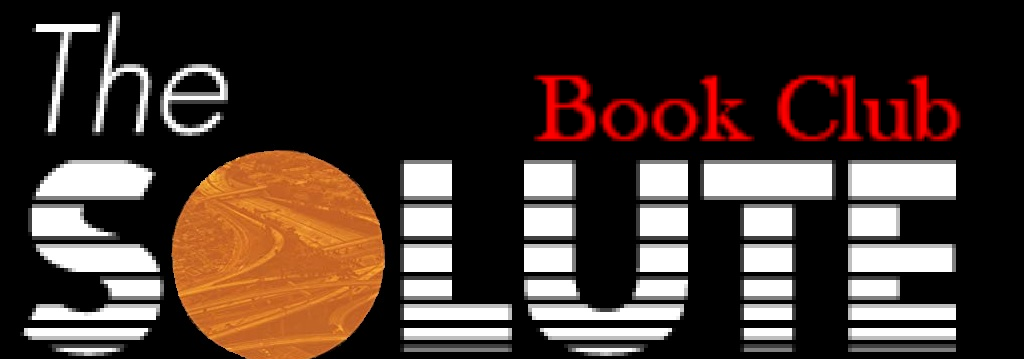There are two Los Angeleses.
Or rather: there are plenty of Los Angeleses, but they mostly fall into two categories:
The first Los Angeles is the Los Angeles of movies, television, radio, books, and the public imagination. It’s the Los Angeles of young people who move out West with dreams of stardom, who work as servers but always have a copy of their screenplay on hand, who get discovered in pharmacies or by smiling especially brightly on a day job as an extra. It’s always sunny, except when it’s not: it’s also noirish Los Angeles of dashed dreams and designer drugs, of the disillusioned who see the moral rot underneath the Hollywood gloss. We’ll call this first Los Angeles by one of its nicknames: “La-La-Land.” On a map, it’s largely isometric with areas like Hollywood and the Westside, with some passages in the San Fernando Valley and visits to nearby Malibu. It is predominantly, at times exclusively, white.
The second Los Angeles is a sprawling metropolitan area approaching twenty million people. It’s a city of crisscrossing networks of historical migration, colonization, and segregation, all leaving their imprints on the shape and flow of the city. We’ll call this version “Greater LA.” It contains large swaths of the urban landscape, like anything south of the 10, that residents of La-La-Land never set foot in, except to chase down a particular hole-in-the-wall with a four-star Yelp review and add it to their virtual sash like a scouting patch. It is much more rarely depicted in film, television, and books, and it if it weren’t for hip-hop, would have little impact on the public consciousness elsewhere. Greater LA is not only home to La-La-Land itself, but also to Koreatown, Chinatown, Thai Town, Filipinotown, Little Tokyo, Little Ethiopia, Little Armenia, Tehrangeles, the Byzantine-Latino Quarter, neighborhoods like Boyle Heights and Compton and Inglewood and and and.
Mind you, the difference between the two Los Angeleses isn’t fictional v. real. La-La-Land is a real place with real people, just as Greater LA has inspired its own great fiction, even if not as often or not as prominently known. Karen Tei Yamashita’s Tropic of Orange is very much a work of fiction, and it certainly belongs to Greater LA.
The inspiration for this month’s Book Club is a negative one. Years ago, LitHub posted a guest article by author Liska Jacobs, “10 Essential Books That Capture Los Angeles in All Its Sublime, Beautiful Darkness.” You can tell from woozy tone of the opening paragraph exactly what kind of list this is going to be, what vision actually constitutes “the heart” of this “iconic American city.” The comments below the article are largely negative: nine of the ten authors listed there are white (and their material focuses on white Angelenos); the tenth is by a Latina writing about Hollywood. Some very good books in there, but these are really “10 Essential Books That Capture La-La-Land.” They have little interest in Los Angeles, which only exists e.g. as a place to score drugs.
Look, I don’t need a list curated by some actuary of ethnicities, and I especially don’t need bricks of homework-fiction to teach me Important Things while forgetting why I’m reading fiction instead of non-fiction. But it’d be nice to see more prose work that captures the city I live in, not just the city that people (of a certain class, a certain color) dream about. And one of the joys of Tropic of Orange is that I can walk a few blocks from my home and visit one of the spots that appears in the novel, and recognize it as it is, and as it could be in Yamashita’s wild transformations.
Yamashita is an ideal writer to tackle Greater LA. She was born in Oakland and lived for a decade in Brazil researching Japanese immigration there. She has a sensitive ear for the cacophony of voices and contexts that drive modern urban life. Her work is capacious and experimental — she’s often compared to the Hysterical Fiction group (David Foster Wallace, Zadie Smith), and she’s cited writers and thinkers like Claude Lévi-Strauss and future Book-Club author Italo Calvino as influences. The latter’s Oulipo structures are easy to spot here.
Tropic of Orange is an especially sneaky book: it begins in the key of Social Fiction but steadily unravels into something more absurd, more surreal, something Pynchonian in its paranoid madness. It’s bursting with different genres — you’ll get noir, you’ll get slapstick, you’ll get horror, you’ll get fantasy and poetry and myth and, uh, luchadores. It even tips its hat to La-La-Land, albeit in a grotesque, almost Rabelaisian parody set in a traffic jam on the 405.
Most importantly, it offers different ways of thinking about the city as a map (both literally and figuratively) on top of a map, on top of a map: Greater LA as a palimpsest. In that respect, it’ll make a great pairing with future Book-Club entry City of Quartz, by Mike Davis (which makes a brief cameo in Tropic of Orange, no less.)
I picked this book sight-unseen after reading and enjoying Yamashita’s titanic I Hotel earlier in the year. I just finished reading Tropic of Orange last week. I cannot wait to talk about it here.
The Solute Book Club: Easy to join! Read Tropic of Orange by Karen Tei Yamashitaon your own time and look to the Solute on Tuesday, September 28th for another piece by Casper pico to kick off a discussion in the comments. More details here.

